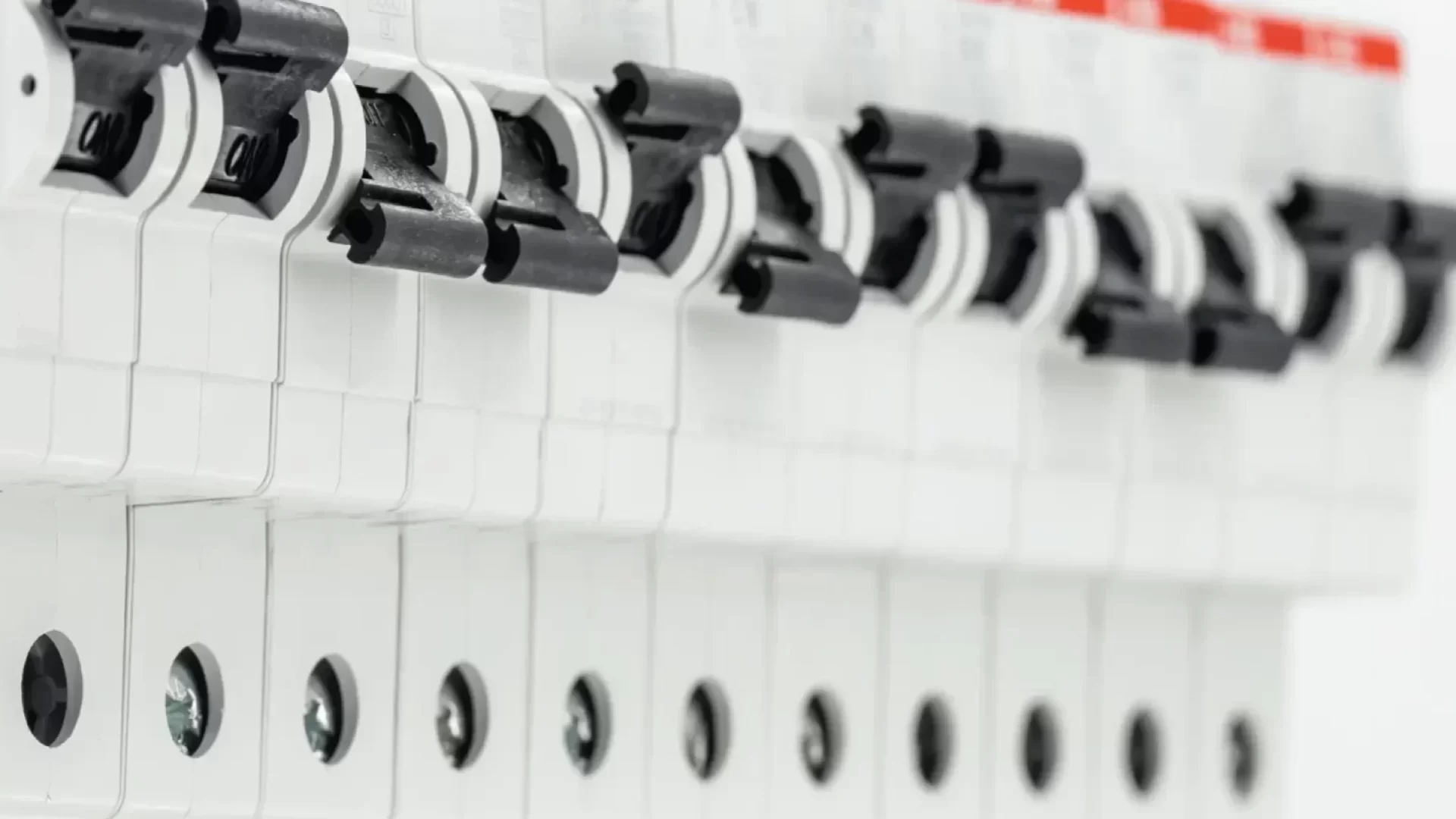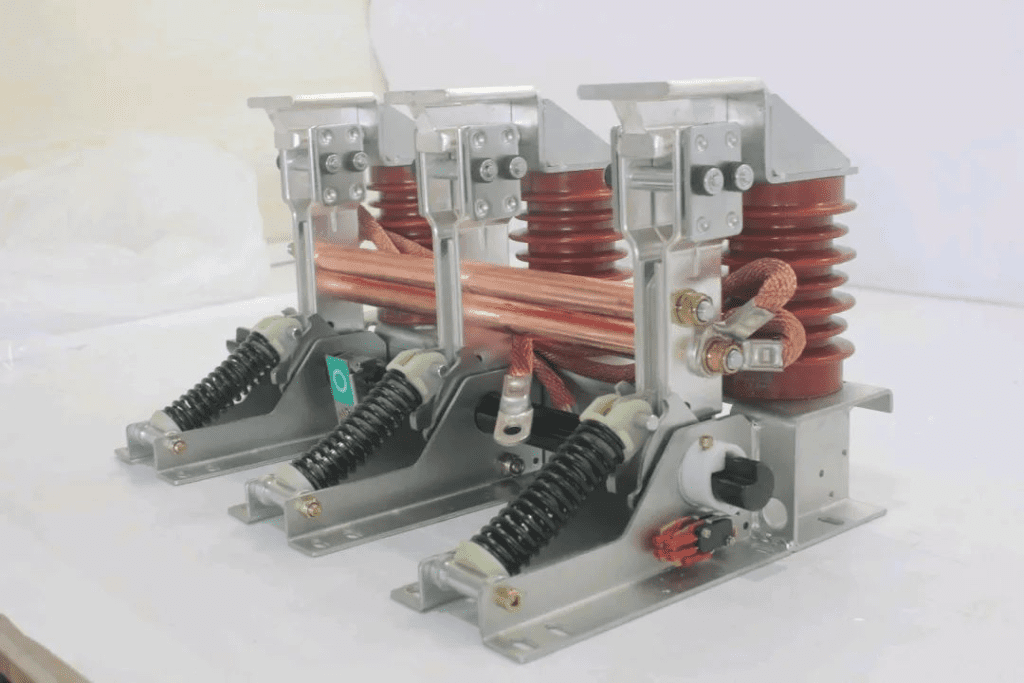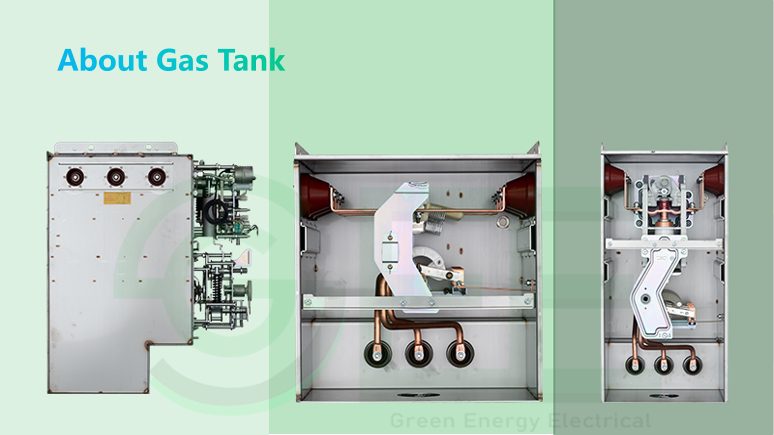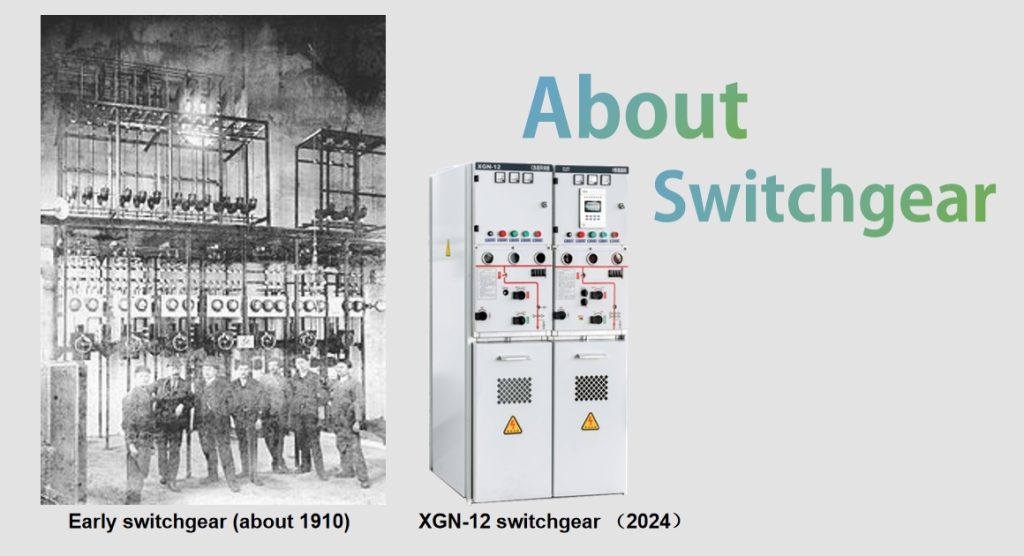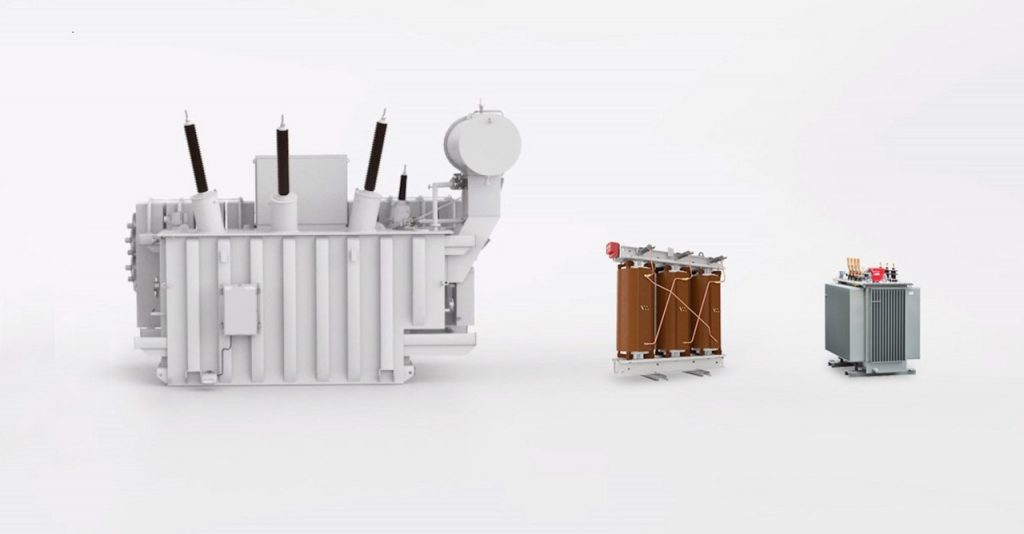What we manufacture?
Which brands we as distributor?





WHO ARE WE ?
-Leading Medium Voltage Electrical Devices And Switchgears Supplier.
-Main product series are: Indoor & Outdoor Vacuum Circuit Breaker(VCB/CB),Load Break Switch(LBS);Outdoor Auto-recloser; SF6/SF6 free Ring Main Unit and Gas tank;Metal-clad Switchgear;
-Direct supply from the origin, Most competitive price, Efficient delivery.
-With rich industry resources and experience in the power and electrical industry.
-Official Authorized Distributor of world leading brand-EATON and Chinese leading transformer brand-QRE.
WHAT DO WE DO ?
-Our Mission
Make green power supply more safe and efficient
-Our Vision
Become a one-stop high-quality supply chain and professional service provider in the green power industry
Cooperative Partner





Manufacturing Factory
Environmentally Friendly Factory
R&D, manufacturing, and production of environmentally friendly series of switches and switchgear.
Vacuum Circuit Breaker Factory
R&D, manufacturing and production of vacuum circuit breakers, side-mounted circuit breakers, circuit breaker mechanisms, etc.
Outdoor Switch Factory
R&D, manufacturing and production of outdoor circuit breakers, reclosers, load switches, disconnectors, lightning arresters, etc.
Client Visits
Why Us
Quality Oriented
The company,quality oriented,has always selected well-known brands or high-quality material suppliers in the industry to ensure our product quality. Meanwhile, we armed with cutting-edge automatic production lines and advanced test equipments to have stable quality.
Utmost Safety
All our products are manufactured in compliance with GB and IEC standards, with the reliable interlocking system for components, ensuring safe operation and personal safety.
Top support
Our team has several industrial experts and engineers, project manager with PPM certification. Most of teammember have worked in the low-voltage/medium voltage industry for many years. We have the ability to provide professional technical support.
News

Hello 2025 Happy New Year !
On behalf of GEE Company, we would like to extend our warmest New Year greetings to all. May this new year be a canvas for you to paint your dreams and aspirations. At GEE, we strive to reach new heights, and we hope that you too will soar in every aspect of your life. Wishing you a year filled with abundant opportunities, bountiful blessings, and unwavering success. Here’s to a bright and prosperous New Year for each and every one of you!

